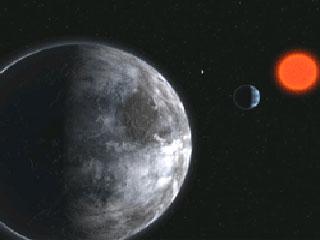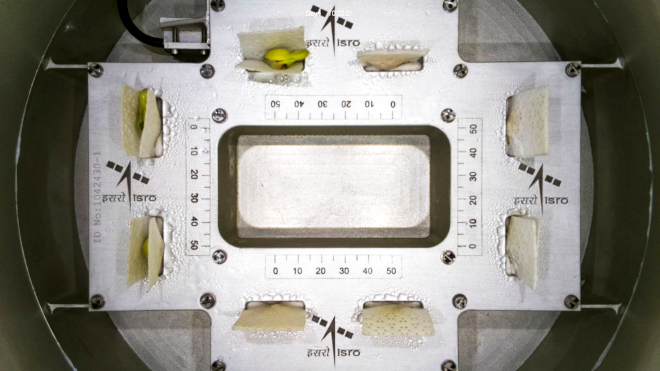
WASHINGTON (BNS): Astronomers have found 18 new planets orbiting massive star, according to a media report.
"It's the largest single announcement of planets in orbit around stars more massive than the sun, aside from the discoveries made by the Kepler mission," Science Daily quoted John Johnson, assistant professor of astronomy at Caltech as saying.
A team of astronomers led by scientists at the California Institute of Technology (Caltech) used the Keck Observatory in Hawaii to survey about 300 stars. They focused on those dubbed "retired" A-type stars that are more than one and a half times more massive than the sun. These stars are just past the main stage of their life -- hence, "retired" -- and are now puffing up into what's called a subgiant star.
To look for planets, the astronomers searched for stars of this type that wobble, which could be caused by the gravitational tug of an orbiting planet. By searching the wobbly stars' spectra for Doppler shifts -- the lengthening and contracting of wavelengths due to motion away from and toward the observer -- the team found 18 planets with masses similar to Jupiter's.
This new bounty marks a 50 percent increase in the number of known planets orbiting massive stars and, according to Johnson, provides an invaluable population of planetary systems for understanding how planets -- and our own solar system -- might form. The researchers say that the findings also lend further support to the theory that planets grow from seed particles that accumulate gas and dust in a disk surrounding a newborn star.
According to this theory, tiny particles start to clump together, eventually snowballing into a planet. If this is the true sequence of events, the characteristics of the resulting planetary system -- such as the number and size of the planets, or their orbital shapes -- will depend on the mass of the star. For instance, a more massive star would mean a bigger disk, which in turn would mean more material to produce a greater number of giant planets.
In another theory, planets form when large amounts of gas and dust in the disk spontaneously collapse into big, dense clumps that then become planets. But in this picture, it turns out that the mass of the star doesn't affect the kinds of planets that are produced.
So far, as the number of discovered planets has grown, astronomers are finding that stellar mass does seem to be important in determining the prevalence of giant planets.
The newly discovered planets further support this pattern -- and are therefore consistent with the first theory, the one stating that planets are born from seed particles.
 Previous Article
Previous Article Next Article
Next Article











The Indian Air Force, in its flight trials evaluation report submitted before the Defence Ministry l..
view articleAn insight into the Medium Multi-Role Combat Aircraft competition...
view articleSky enthusiasts can now spot the International Space Station (ISS) commanded by Indian-American astr..
view article